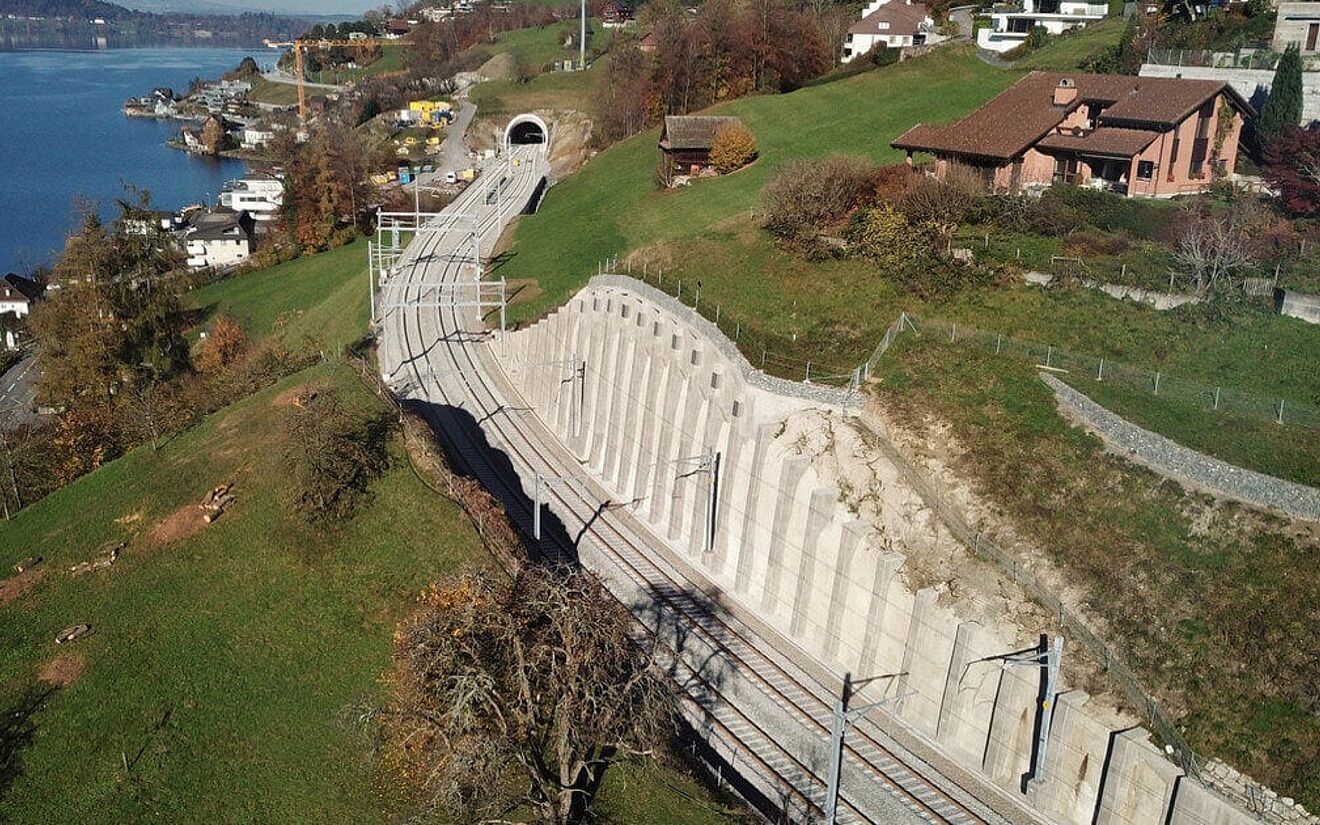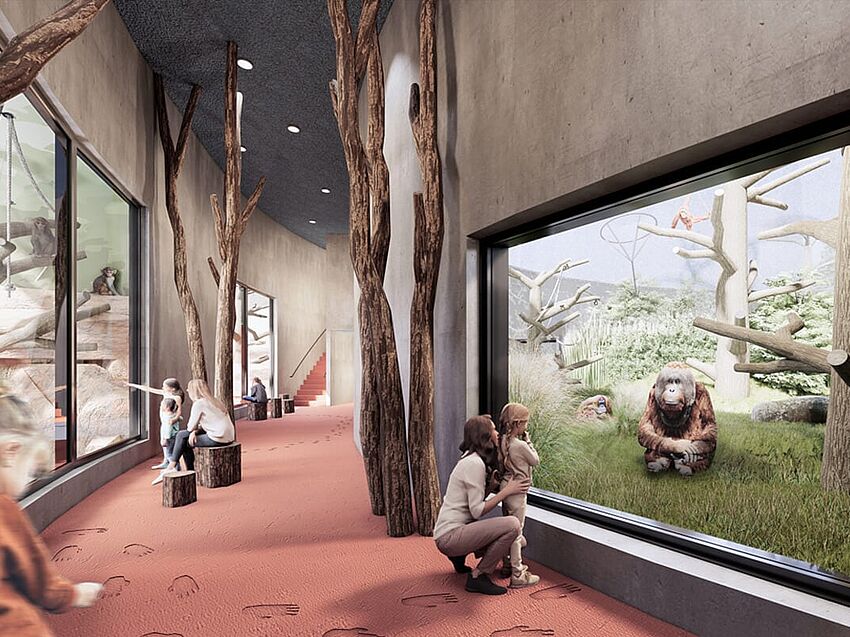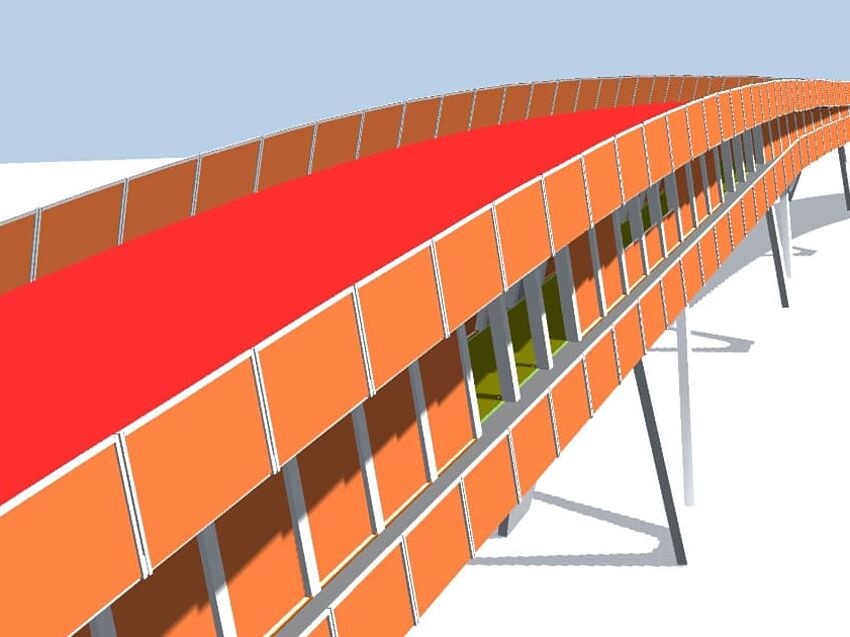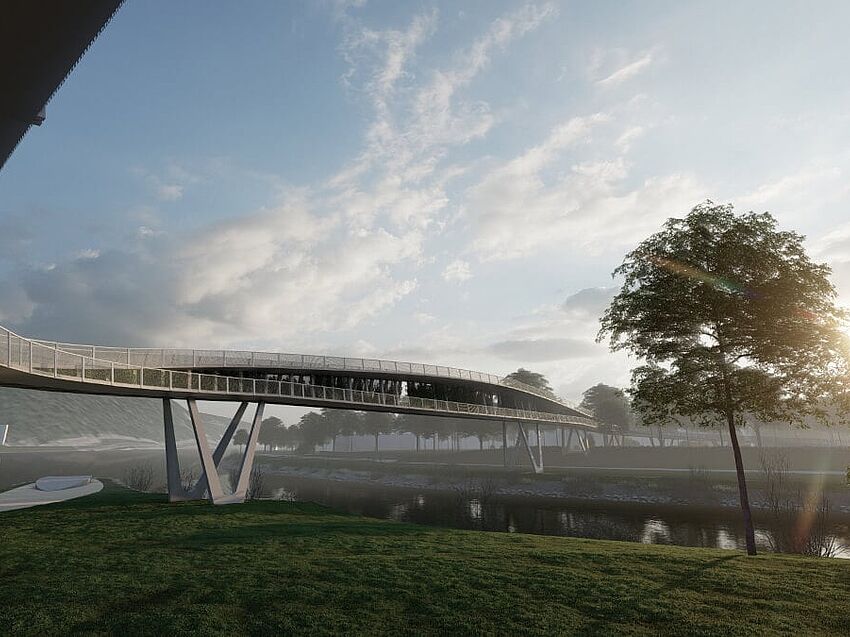The Lake Zug East infrastructure measures were successfully completed after 20 months of construction – thanks to good planning by Emch+Berger WSB AG with ALLPLAN.
Until recently, the infrastructure measures at Lake Zug East were the longest construction site in Switzerland. The 15-kilometer-long project has since been successfully completed after 20 months of construction. Not only has the full closure – which was necessary for economic and environmental protection reasons – been lifted, but one of the important access routes to the Gotthard Tunnel has also been completed. The fact that this could be done without any problems and delivered on schedule despite Coronavirus is due to the work of Emch+Berger WSB AG. The engineering firm was commissioned by the Swiss Federal Railways (SBB) to undertake the planning, overall project management, and construction management. The planning was based on a BIM model in ALLPLAN Engineering.
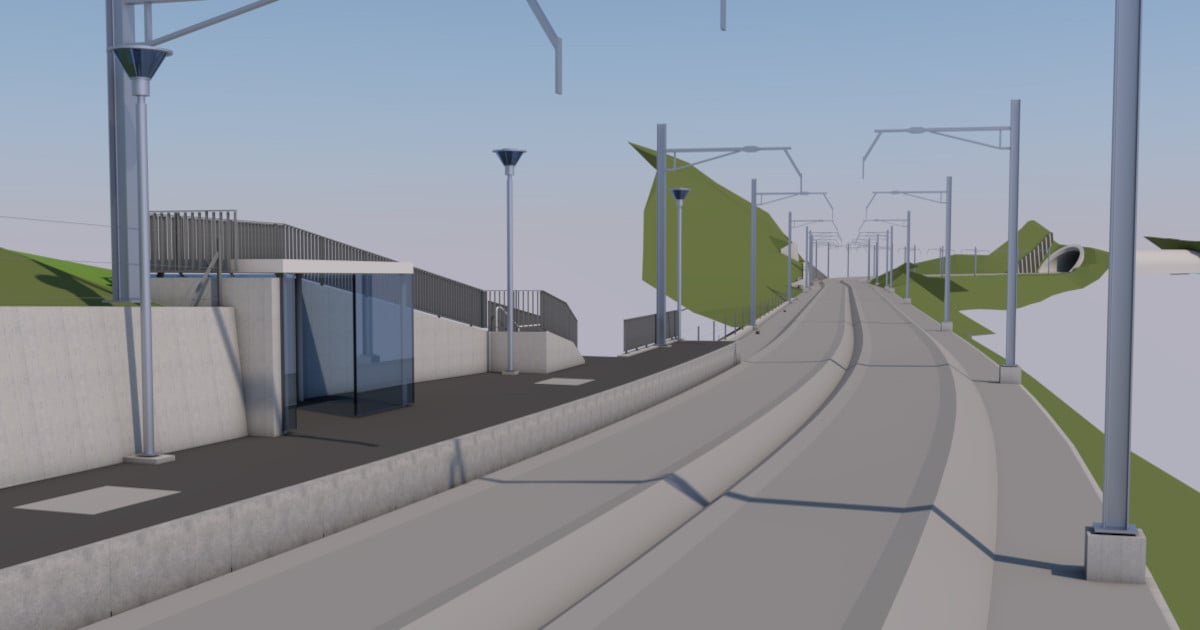
Double-track expansion and renovation of engineering structures
The project consists of four sub-projects, the centerpiece of which was a 1.7-kilometer-long double-track extension of the northern track at Walchwil Station. The slopes – which included inclines of up to 35 degrees – proved to be a particular challenge in terms of logistics, geology, and the planning of the supporting structures.
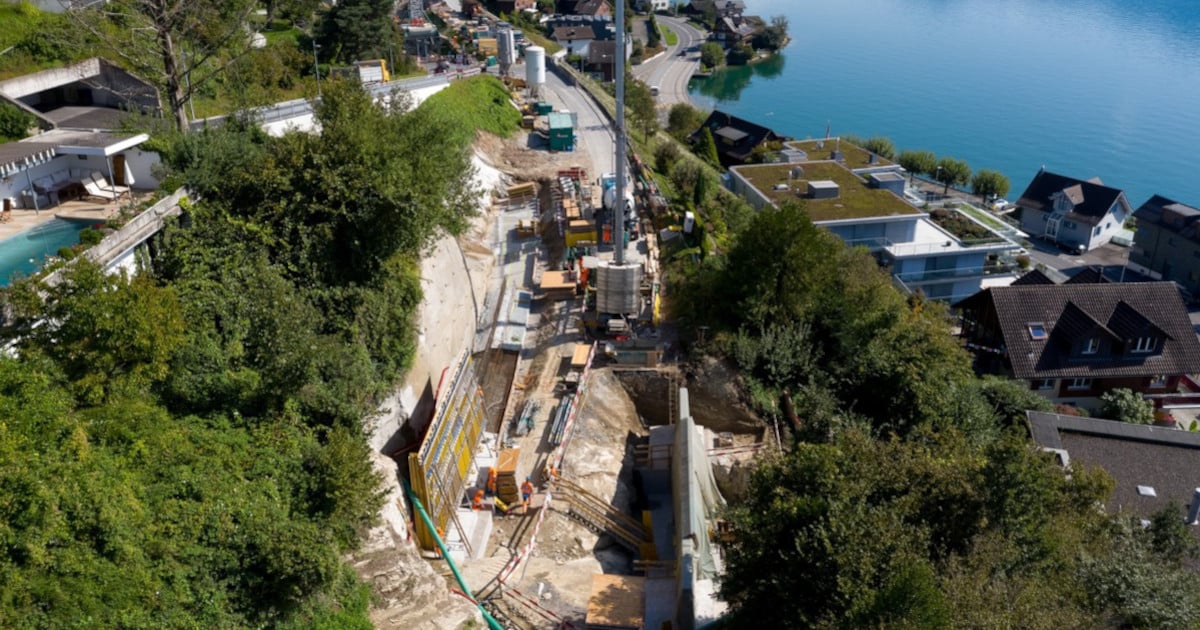
The other sub-projects comprised the maintenance of engineering structures, roadways, tunnels, and protective structures against natural hazards. On the approximately 12-kilometer open stretch between Zug and Arth Goldau, around 90 engineering structures were renovated or replaced by new ones, and the track – including the railway system – was completely renewed. Of the eight tunnels, one had to be practically rebuilt due to being widened to two lanes. The profiles of the other single-lane tunnels were also expanded to allow the double-decker trains through, for which the floors in the 120-year-old natural stone structures had to be lowered and the vaults re-supported. This shows the complexity of the construction project and the demands it placed on the engineering offices designing it and the companies carrying out the construction. On average, six engineers and five designers from the engineering team were involved in the large-scale project.
